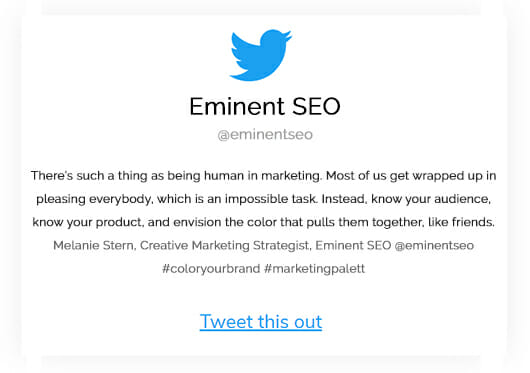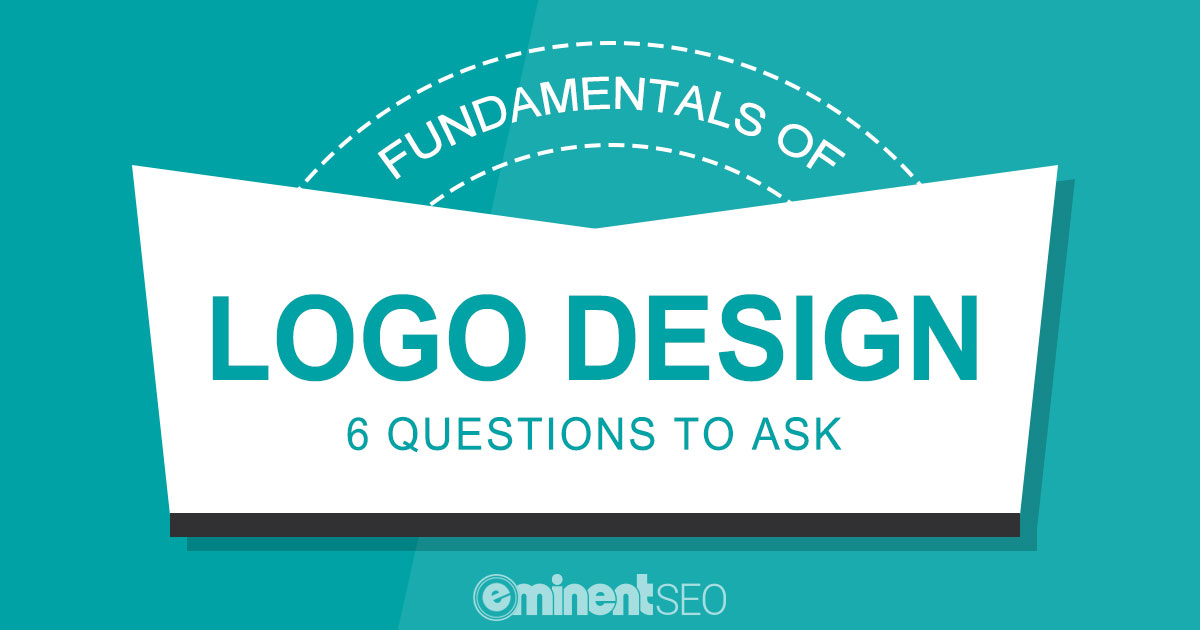It’s hard to not judge a book by its cover when it comes to the visual display of marketing. Whether a billboard, banner ad, company logo, or landing page, each person will bring their own perception (or misperception) to the proverbial opinion table. And how to sway them in your favor is where color comes in.
No, we’re not talking about race relations here. But what we do want to share is how specific colors and their hues can either make or break your brand. When color is used effectively, it can be the best moniker to your name and carry its weight in gold (blue, brown, red, pink, white, etc.)
Color in marketing isn’t as simple as picking the one that you like or what you think your customers will be attracted to: Colorizing your brand might even require global acceptance. But how can you make the world happy when colors have different meanings from culture to culture?
It all comes down to strategy.
Once you understand the aspects of color and how they impact a person, color choice and positioning are better calculated:
- Color is Feeling. Perhaps the most elementary aspect of color is how it makes us feel. It’s our first response to a bold fuchsia or muted gray as to whether we accept the visual stimulant or find it repulsive.
- Color is Meaning. Personal experiences and traditions affect the way a person perceives color. For example, if you grew up in a beach town in Southern California, you might be drawn to royal blue and seafoam green, associating them with comfort.
- Color is Light and Darkness. There’s a spiritual element that comes into play with color. Judeo-Christian theologies will often equate white with purity, while darker shades evoke mystery, the occult, or death. However, these connotations will vary from continent to continent.
- Color is Tone. You may have heard about wearing a power red tie or blouse to an important meeting. Invariably, it will set the tone for the communication between people. Color can make a statement, without saying a word. Choose your colors wisely.
- Color is Motion. Think about the last time you stopped and watched a sunrise or sunset. The colors that were first there changed over time. Your brand colors should be just as reflective of changes to your business. This is why having a color palette provides you more latitude in design strategy.
Read More About Color in Marketing
What Does Eminent Seo’s Brand Mascot Max Say About Who We Are?
- Friendly (Western/USA)
- Balance, Energy, Flamboyance (Japan)
- Courage, Desire (Hindu)
- Family, Learning (Chinese)
- Healing, Learning (Native American)
We think that is all very fitting for our lovable little monster.
Marketing Tip
From the Eminent Team
Fundamentals of Logo Design: 6 Questions to Ask When Designing a Company Logo






